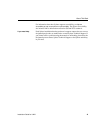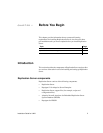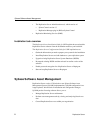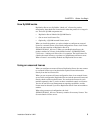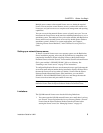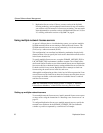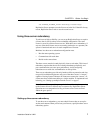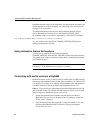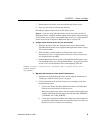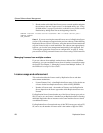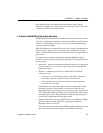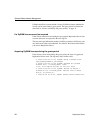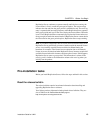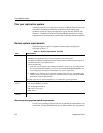
CHAPTER 1 Before You Begin
Installation Guide for UNIX 7
set SYBASE_LICENSE_FILE=1700@tokyo;1700@chicago
Replication Server attempts to use the first server in the list. If that fails for any
reason, Replication Server tries to use the second server.
Using three-server redundancy
To achieve true high availability, you can set up Replication Server to acquire
a license that is used in a three-server redundant configuration. The same
license is served by all three license servers. With three-server redundancy, if
any two of the three license servers are running (referred to as a quorum), the
system is functional and serves its total complement of licenses.
Machines in a three-server redundant configuration must:
• Run the same operating system
• Communicate with each other
• Reside on the same subnet
The three servers must be located physically close to each other. This form of
redundancy requires that the servers exchange heartbeats periodically, and
poor communication can cause poor performance. Avoid configuring
redundant servers with slow communication or dial-up links.
Three-server redundancy provides only hardware failover protection and does
not provide load-balancing because only one of the three servers is “master,”
capable of issuing licenses. Because all clients must contact the “master,” all
clients must have reliable networking to a single machine. To implement load-
balancing, see “Setting up multiple network servers” on page 6.
Note Because Sybase provides grace periods for any licensing issues, setting
up the license servers for failover may be unnecessary. Replication Server
operations are not compromised as long as license server issues are fixed
within the grace period.
Setting up three-server redundancy
To use three-server redundancy, you must obtain licenses that are set up for
such an environment. When you activate your licenses, specify the three-server
redundancy option.



